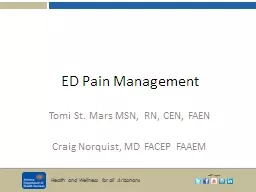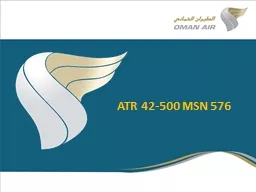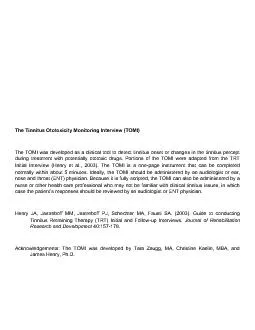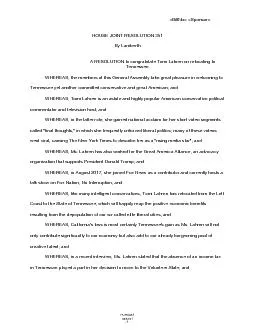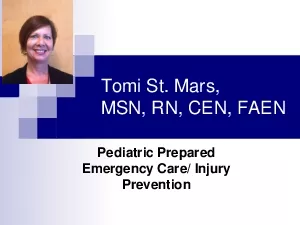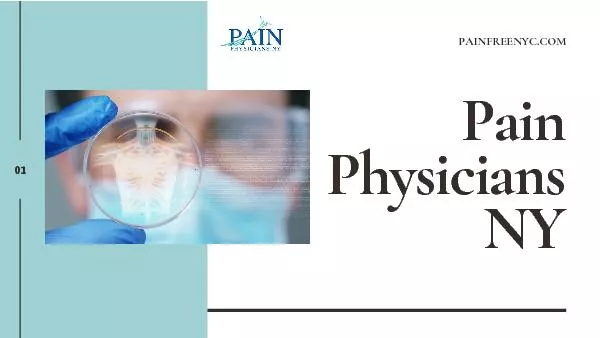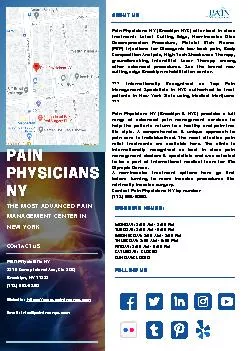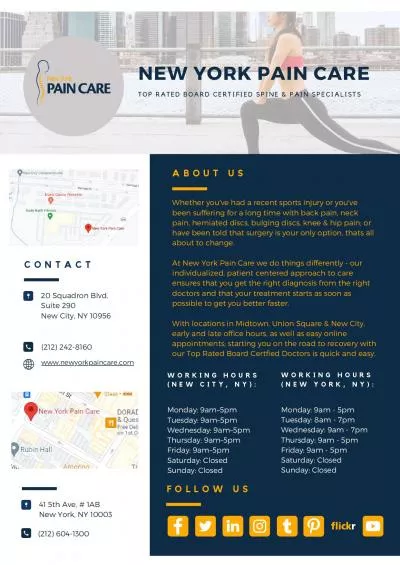PPT-ED Pain Management Tomi St. Mars MSN, RN, CEN, FAEN
Author : min-jolicoeur | Published Date : 2018-03-12
Craig Norquist MD FACEP FAAEM History 2007 Poisoning replaced MV as the leading cause of injury death to Arizonans EDs increasing challenged Enforcement community
Presentation Embed Code
Download Presentation
Download Presentation The PPT/PDF document "ED Pain Management Tomi St. Mars MSN, R..." is the property of its rightful owner. Permission is granted to download and print the materials on this website for personal, non-commercial use only, and to display it on your personal computer provided you do not modify the materials and that you retain all copyright notices contained in the materials. By downloading content from our website, you accept the terms of this agreement.
ED Pain Management Tomi St. Mars MSN, RN, CEN, FAEN: Transcript
Download Rules Of Document
"ED Pain Management Tomi St. Mars MSN, RN, CEN, FAEN"The content belongs to its owner. You may download and print it for personal use, without modification, and keep all copyright notices. By downloading, you agree to these terms.
Related Documents

